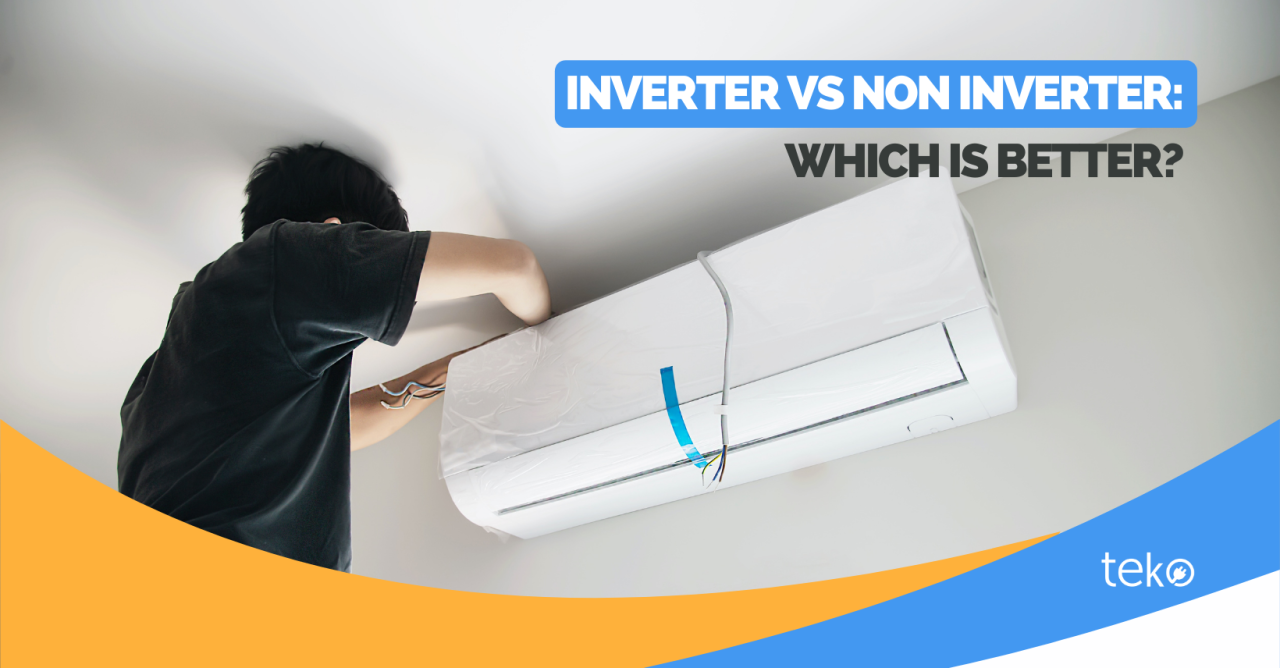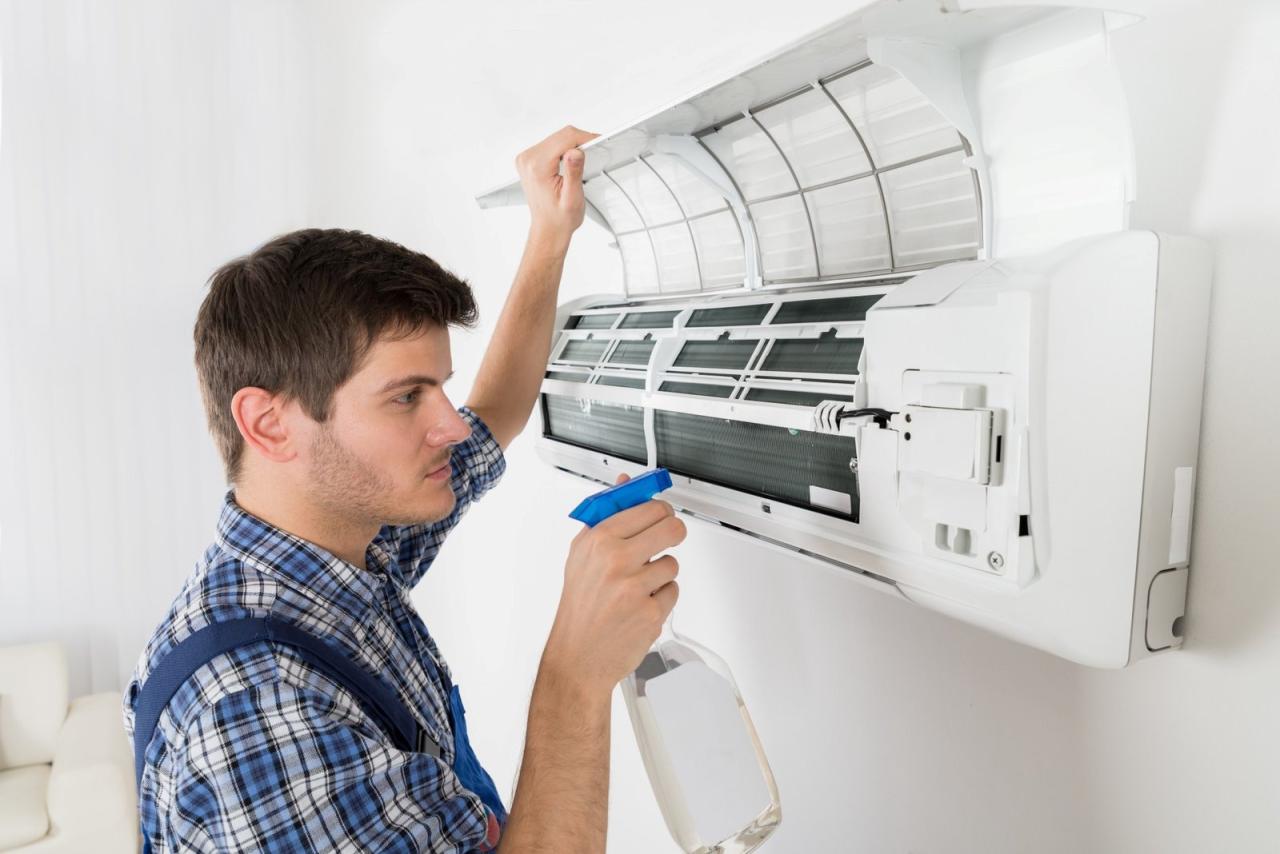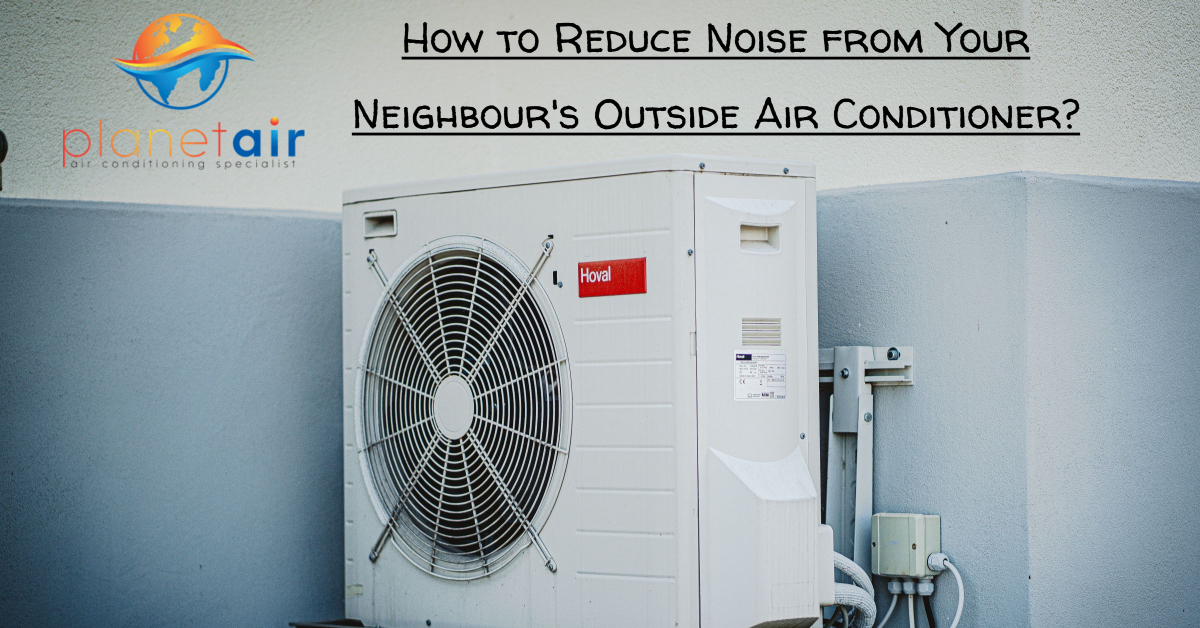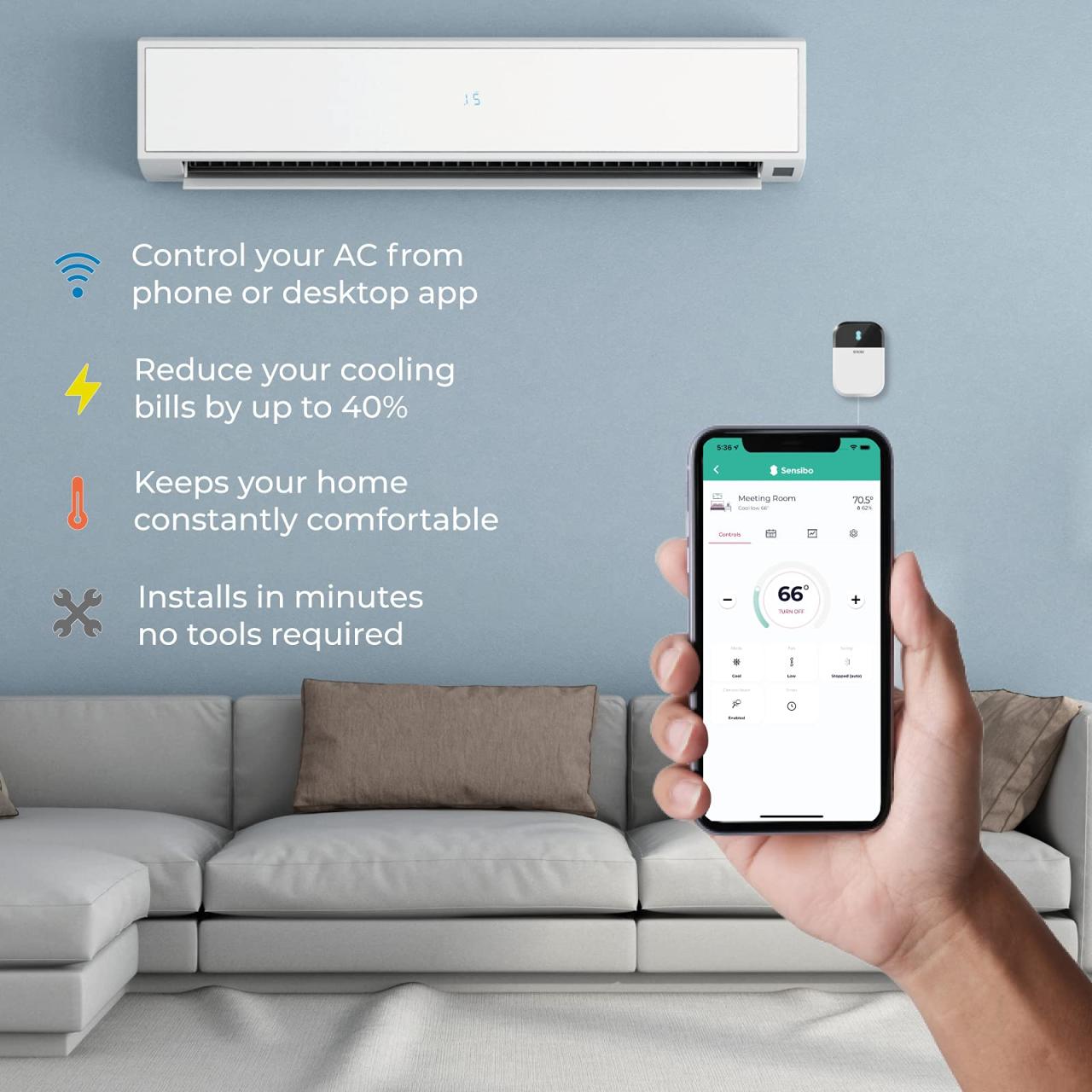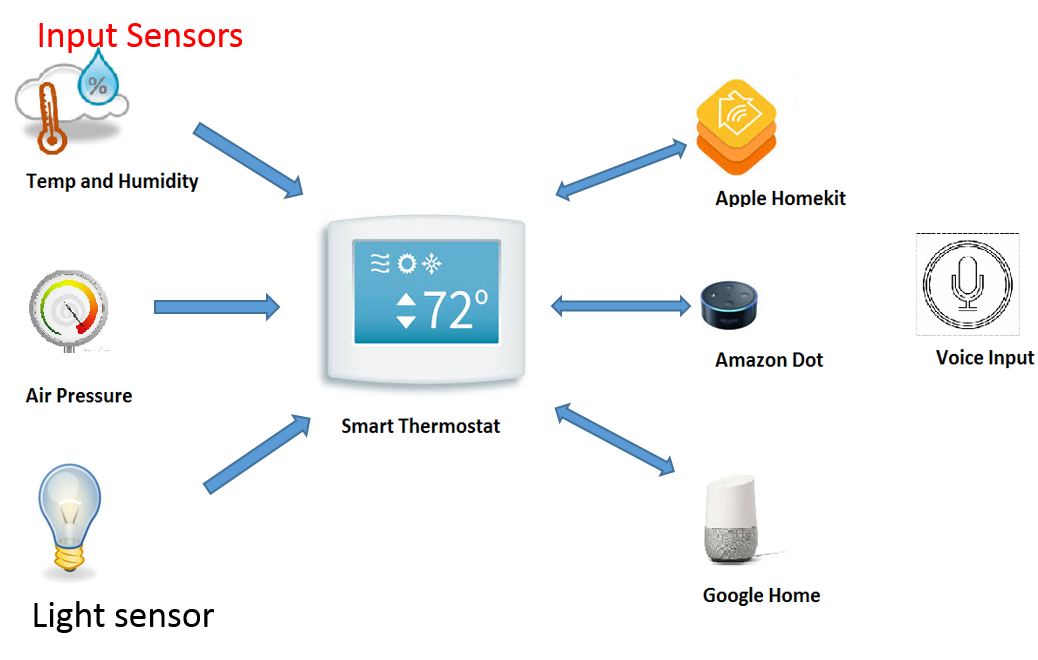HVAC Systems with Built-In Air Purifiers for Allergies: Enhancing Indoor Air Quality
Exploring the world of HVAC Systems with Built-In Air Purifiers for Allergies opens up a realm of cleaner, allergen-free air. This innovative technology not only provides relief for allergy sufferers but also ensures optimal air quality for everyone. Let's dive into the details of how these systems work their magic.
Overview of HVAC Systems with Built-In Air Purifiers for Allergies
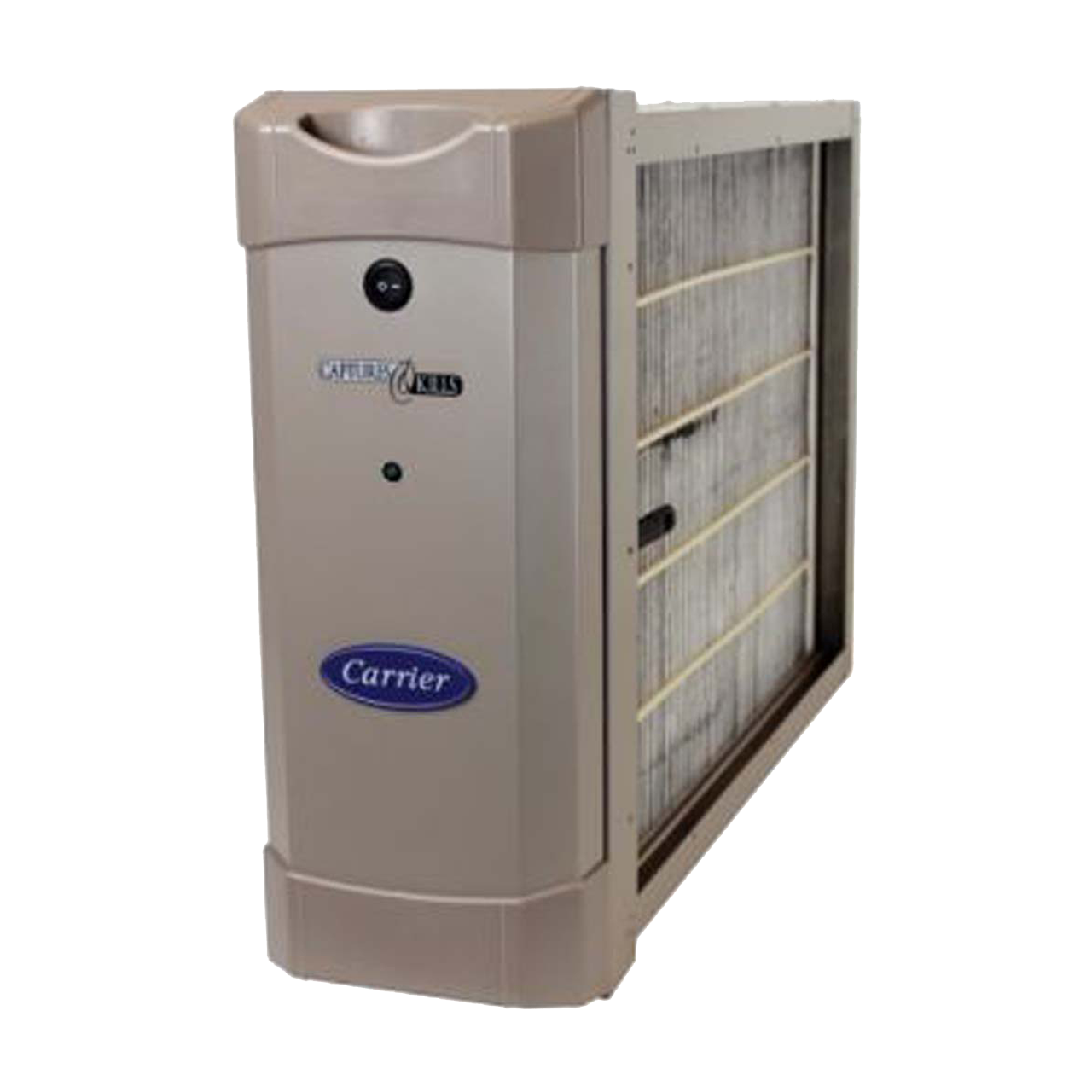
HVAC systems with built-in air purifiers combine the functions of traditional heating, ventilation, and air conditioning systems with advanced air purification technology. These systems are designed to not only regulate the temperature of indoor spaces but also to remove airborne particles, allergens, and contaminants that can trigger allergies and respiratory issues.
How HVAC Systems with Built-In Air Purifiers Alleviate Allergies
By incorporating air purifiers into HVAC systems, these units can effectively capture and eliminate common allergens such as dust, pollen, pet dander, mold spores, and other particles that can circulate in the air. This helps create a cleaner and healthier indoor environment, reducing the chances of allergic reactions and improving overall air quality.
Benefits of Having an All-In-One Solution for Air Purification and Temperature Control
- Convenience: With a combined HVAC system and air purifier, homeowners only need to manage one system for both temperature regulation and air purification, simplifying maintenance and operation.
- Cost-Effectiveness: Investing in a single unit that fulfills both heating/cooling and air purification needs can be more economical than purchasing separate systems.
- Improved Air Quality: By continuously filtering and purifying the air, these systems can help reduce indoor pollutants and allergens, promoting better respiratory health for occupants.
- Enhanced Comfort: Along with maintaining optimal indoor temperatures, HVAC systems with built-in air purifiers create a more comfortable living environment by ensuring clean and fresh air circulation.
Types of Air Purification Technologies Integrated into HVAC Systems
When it comes to HVAC systems with built-in air purifiers for allergies, there are several common air purification technologies that are often integrated. Two of the most popular ones are HEPA filters and UV-C light technology. Let's take a closer look at how each of these technologies work and compare their effectiveness for allergy relief.
HEPA Filters
HEPA (High-Efficiency Particulate Air) filters are known for their ability to capture particles as small as 0.3 microns in size. These filters are very effective at trapping dust, pollen, pet dander, and other airborne allergens, making them ideal for allergy relief.
HEPA filters work by forcing air through a fine mesh that traps particles, preventing them from circulating back into the indoor air.
UV-C Light Technology
UV-C light technology, on the other hand, uses ultraviolet light to kill bacteria, viruses, and mold spores in the air. When installed in HVAC systems, UV-C lights are placed near the evaporator coils or air ducts to sterilize the air as it passes through.
This technology is particularly effective at destroying harmful microorganisms that can trigger allergies and respiratory issues.
Installation and Maintenance of HVAC Systems with Built-In Air Purifiers
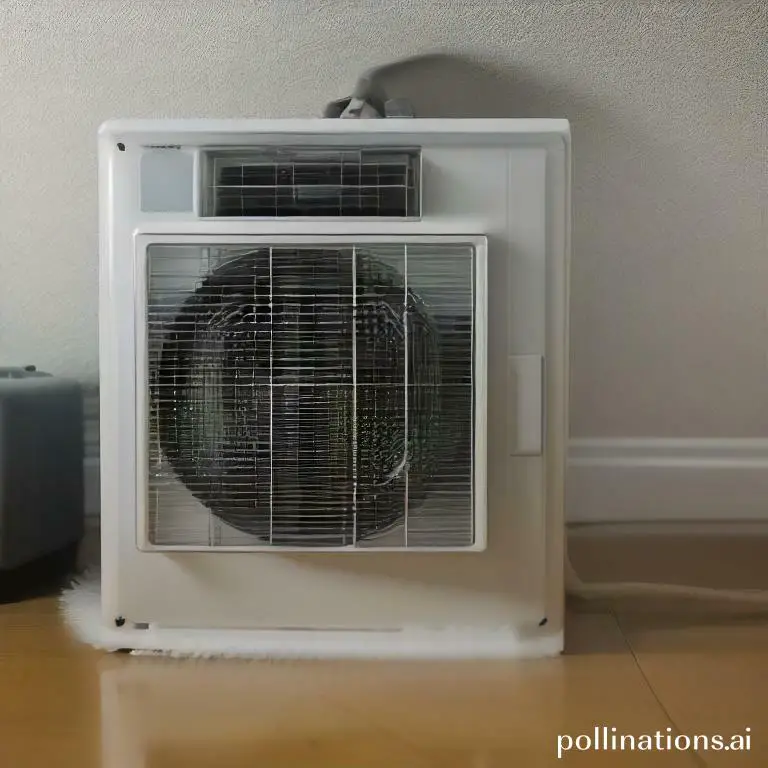
When it comes to installing and maintaining HVAC systems with built-in air purifiers, following the correct steps and regular maintenance routines is crucial to ensure the system works efficiently and effectively in providing clean, purified air for allergy sufferers.
Installation of HVAC Systems with Built-In Air Purifiers
Installing HVAC systems with built-in air purifiers involves several steps to ensure proper functioning and optimal performance. Here is a step-by-step guide to help you through the installation process:
- Select the right HVAC system with a built-in air purifier that suits your space and specific allergy needs.
- Hire a professional HVAC technician to install the system correctly, following manufacturer guidelines and local building codes.
- Ensure proper placement of the system to optimize air circulation and filtration throughout the space.
- Connect the system to a power source and test it to ensure all components are working correctly.
Maintenance Tips for HVAC Systems with Built-In Air Purifiers
Regular maintenance of HVAC systems with built-in air purifiers is essential to keep the system running smoothly and efficiently. Here are some tips for maintaining these systems:
- Regularly check and replace air filters according to manufacturer recommendations to maintain optimal air quality.
- Keep the system clean by dusting and vacuuming around the unit to prevent buildup of dust and debris.
- Schedule routine maintenance checks with a professional HVAC technician to inspect the system and address any potential issues.
Importance of Regular Filter Replacements and System Cleaning
Regular filter replacements and system cleaning are vital for HVAC systems with built-in air purifiers to ensure the system functions effectively in removing allergens and pollutants from the air. Failure to replace filters and clean the system can lead to reduced air quality, decreased efficiency, and potential health risks for allergy sufferers.
Cost Considerations and Energy Efficiency of HVAC Systems with Air Purifiers
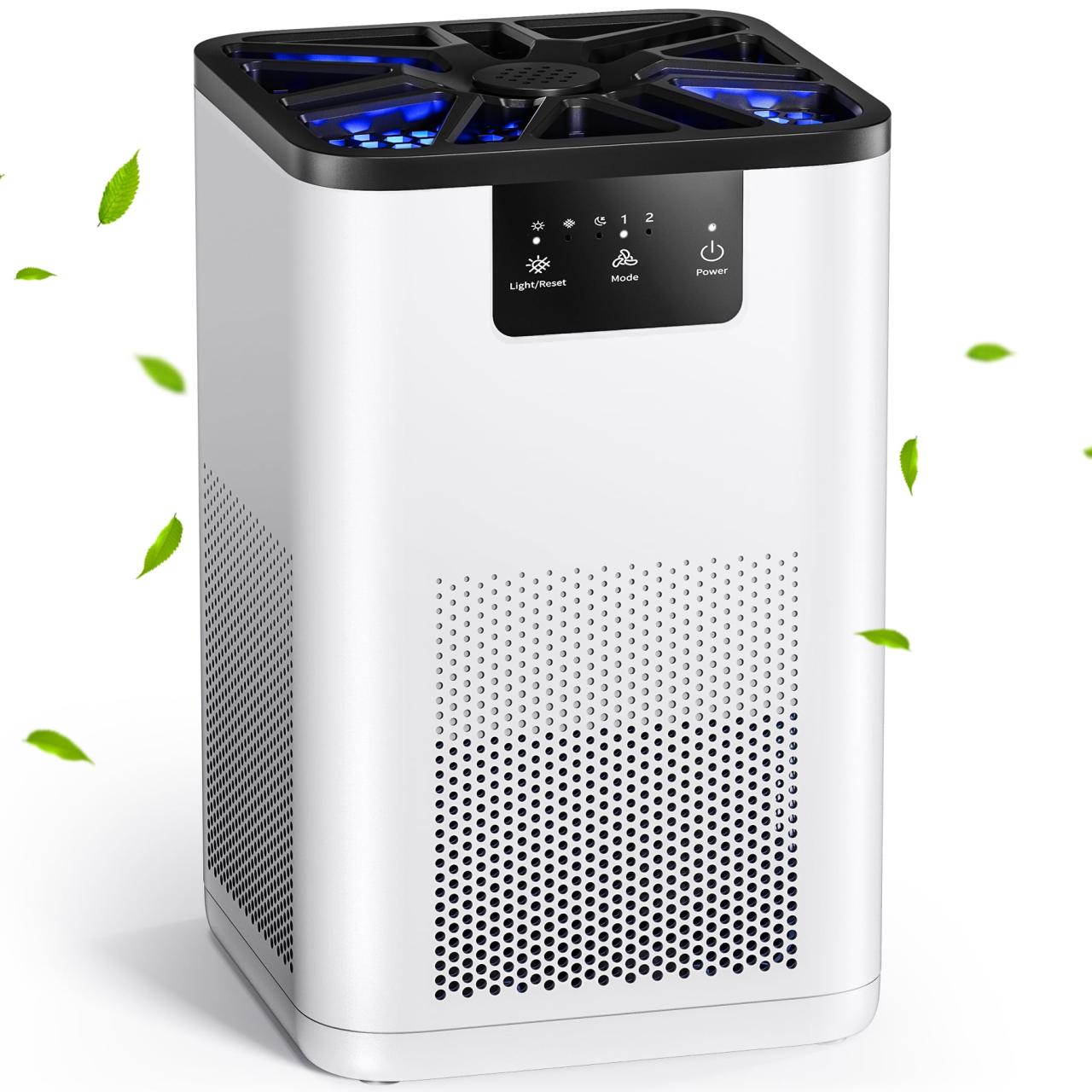
When considering the cost implications and energy efficiency of HVAC systems with built-in air purifiers, it's important to weigh the initial investment against long-term savings and environmental impact.Installing HVAC systems with air purifiers typically involves a higher upfront cost compared to traditional HVAC setups.
The addition of air purification technology can increase the overall price of the system, as the equipment and installation may be more complex. However, it's essential to consider the potential benefits in terms of improved indoor air quality and reduced allergens for allergy sufferers.
Energy Efficiency of HVAC Systems with Air Purifiers
One of the key advantages of HVAC systems with built-in air purifiers is their energy efficiency. These systems are designed to operate more efficiently than traditional HVAC setups, thanks to advanced technologies that optimize airflow and energy consumption. By integrating air purification systems directly into the HVAC unit, energy is used more effectively to clean and circulate air throughout the home.
- HEPA filters: High-Efficiency Particulate Air (HEPA) filters are commonly used in HVAC systems with air purifiers to capture microscopic particles like dust, pollen, and pet dander. These filters can help improve indoor air quality and reduce allergens, contributing to a healthier living environment.
- UV-C light technology: Some HVAC systems incorporate ultraviolet germicidal irradiation (UVGI) to kill bacteria, viruses, and mold spores in the air. This technology can enhance air purification and prevent the spread of airborne contaminants, promoting a cleaner and safer indoor environment.
- Energy Star ratings: Many HVAC systems with air purifiers are Energy Star certified, indicating that they meet strict energy efficiency guidelines set by the Environmental Protection Agency (EPA). Energy Star-rated systems can help homeowners save on energy costs while reducing their carbon footprint.
By investing in an energy-efficient HVAC system with a built-in air purifier, homeowners can enjoy cleaner indoor air, reduced allergens, and potential long-term savings on energy bills.
Conclusion
In conclusion, HVAC Systems with Built-In Air Purifiers for Allergies offer a comprehensive solution to indoor air quality issues. By combining air purification and temperature control in one package, these systems bring comfort and relief to all. Upgrade your HVAC system today for a healthier living environment.
Top FAQs
How do HVAC systems with built-in air purifiers alleviate allergies?
These systems remove allergens and pollutants from the air, creating a cleaner and healthier indoor environment.
What are the common air purification technologies integrated into HVAC systems?
HEPA filters and UV-C light technology are commonly used to purify air in HVAC systems.
How can I maintain my HVAC system with a built-in air purifier?
Regularly replacing filters and cleaning the system are key maintenance tasks to ensure optimal performance.
